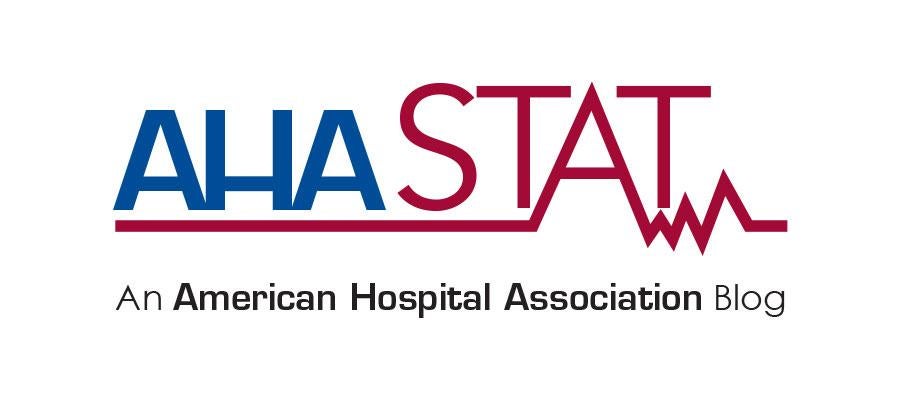Public health emergency ends but the mental health emergency continues

With the COVID-19 pandemic receding from the national headlines and public health emergency (PHE) winding down later this month, it’s imperative to reflect on the pandemic’s impact on mental health care in the United States, and how we must adapt to face the ongoing challenge of providing mental health care services to our communities.
Many have dubbed the growing need of mental health services as the next pandemic. It’s clear that the COVID-19 pandemic has led to a boom in tele-psych services that is here to stay, although questions remain on what will be the effect of the elimination of the emergency edict. According to several surveys, mental health visits continue to be provided virtually (with estimates ranging from over one-third to over half of the visits), in contrast to other specialties where the majority of clinical encounters are returning to in-person care.
While mental health services have long been offered via telehealth, and more so than for other service lines, large-scale uptake was stymied by limited reimbursement coverage, especially from governmental payers. That changed once the pandemic took hold, and thankfully that coverage has been extended at the federal level for the time being. Medicaid reimbursement varies from state to state, but all states cover some form of telehealth services.
Prior to the pandemic, many providers were unsure if telehealth would be an effective way to provide behavioral health services. After three years, most are sold that the remote platforms are engaging enough and work -- and patients agree, because they continue to ask for those appointments.
Telehealth care has also helped break down certain barriers that have long been a problem in health care. Geography, lack of free time and the cost of transportation are all access barriers erased by telehealth services across health care, and especially in behavioral health, where appointments can be difficult to obtain.
Another barrier for providing telehealth care prior to the pandemic was restrictions on virtually prescribing controlled substances, including for patients under psychiatric care. The elimination of the public health emergency will again limit a provider’s ability to prescribe controlled substances to a patient they’re caring for through a telehealth platform. This would unfairly stop some patients from utilizing care remotely. The U.S. Drug Enforcement Administration (DEA) has proposed rules that will extend certain flexibilities, but the practice of prescribing controlled substances will be more restrictive than what the public health emergency has allowed, necessitating in-person visits for most patients in need of controlled substances like stimulants for Attention Hyperactivity Disorder (ADHD) or benzodiazepines like Ativan or Valium for anxiety or insomnia.
During the pandemic, many states temporarily allowed practitioners from other states to provide telehealth services. This allowed patients in underserved areas, or with a need for specialty care, to reach providers they would otherwise not have had access to. As we build the care in the future, we need to solve for the issue of telehealth services stopping at state lines.
Just as patients have embraced telehealth, caregivers have also found the service to be highly effective. As we shift toward a post-pandemic world, let’s not lose sight of all that we’ve learned about caring for patients during this difficult time, when demand for mental health services has risen to record levels. This demand isn’t going away, which is why we can’t limit how we care for patients.
Beyond the impact on telehealth, the declaration of end of PHE also is a statement on returning to normal service. But as we settle into this new normal of the post-PHE world, we must continue to raise awareness for the ongoing need for mental health services. Our work is not finished.
The pandemic laid bare the disparities in clinical outcomes in historically underserved communities. We must advocate for access to high bandwidth internet for all and for culturally competent telehealth for our diverse communities. Furthermore, we need to train more clinical professionals that are representative of the communities we serve. Even before the pandemic, we faced a limited workforce of trained clinical professionals. Our delivery care system needs substantial investments, especially in minority communities, to provide culturally competent care.
The pandemic helped with decreasing stigma associated with accessing mental health care. We need to maintain this momentum by supporting easy access to effective care. We were fortunate enough to beat one pandemic; we can’t afford to slow down in our battle with the next one.
Manish Sapra, MD, MMM is executive director of Behavioral Health Services at Northwell Health

